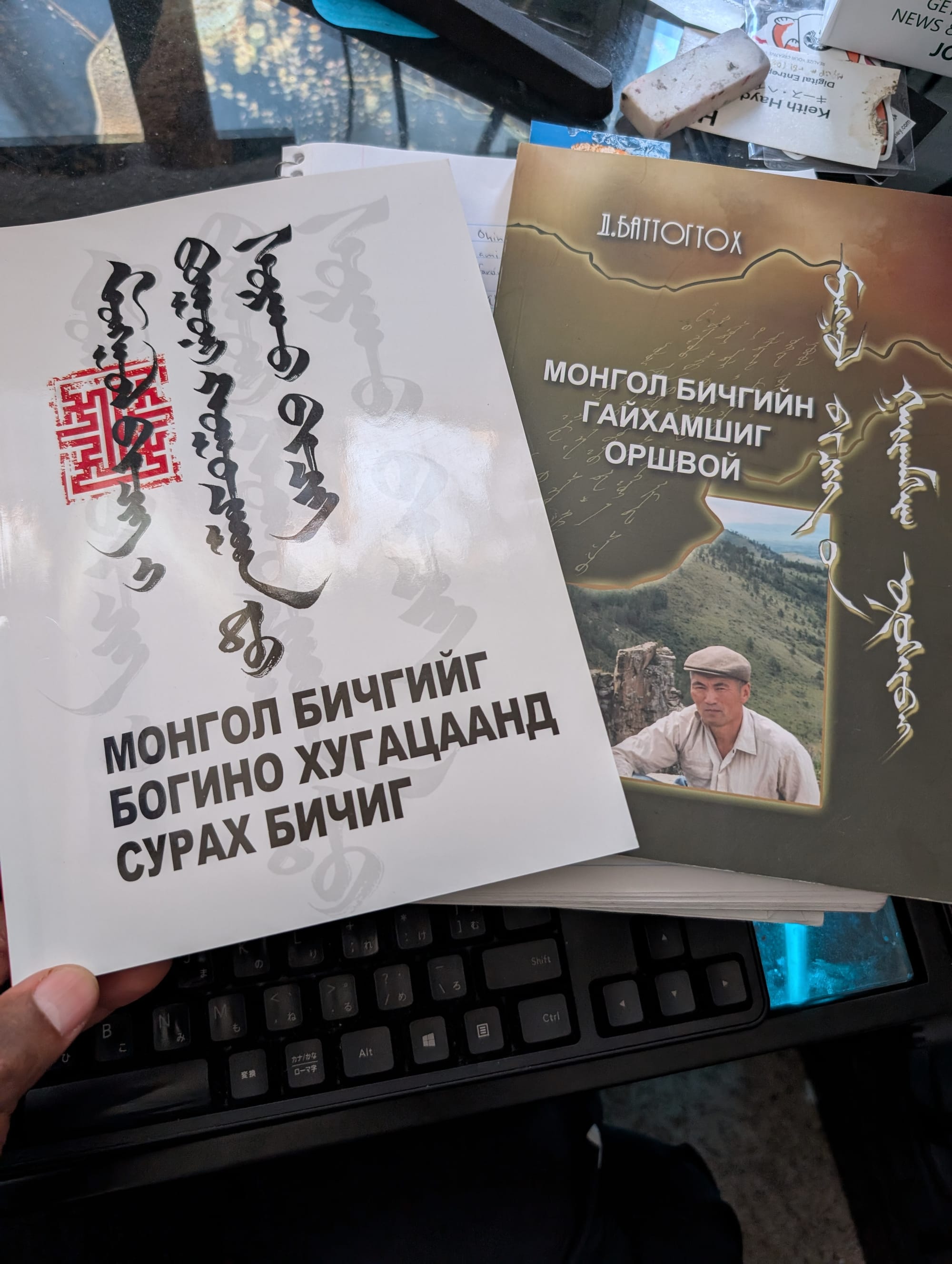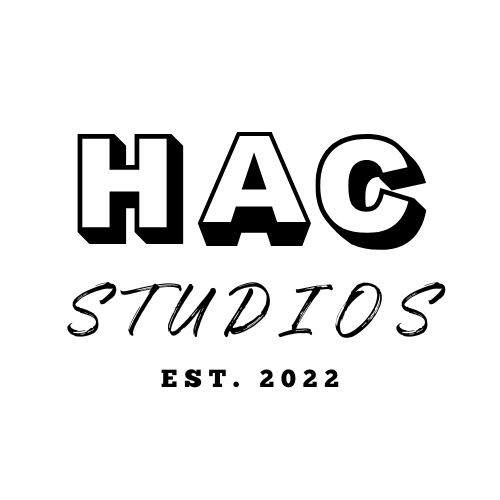Day 1
This is one of the most difficult languages I've ever encountered.
Spoken primarily in Inner Mongolia, Traditional Mongolian was used by most Mongols until the early 20th century.
It was 1940 when the Mongolian government adopted the Cyrillic alphabet. There were several reasons.
1) Align more closely with Russia (who they had close political and economic ties with - still do)
2) Modernize the Mongolian education system
3) To achieve greater flexibility with the Mongolian language - which was limited in its written capacity
I now understand why.
Though the language is difficult to write, it looks beautiful. Which is why I loaded my luggage with four language books from a Mongolian mall during my brief visit to the country in 2023.
Both books are completely in modern Mongolian (the one the looks like Russian) but contain translations and directions for writing in traditional script.

I spent my first day decoding a single word in the green book.
After about 30 mins, I gave up and went to the white book to practice writing basic swipes and slashes of single letters.
This site has been extremely informative. In English, it talks about how children in Inner Mongolia are taught to read (there's years of memorization involved).

From there I found the most elegant alphabet song I've seen in any language I've studied.
Then it was grinding letters in the script for practice.
This video was a good introduction to the alphabet.

